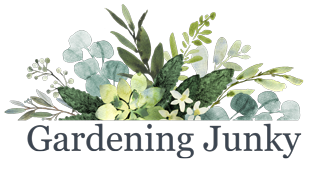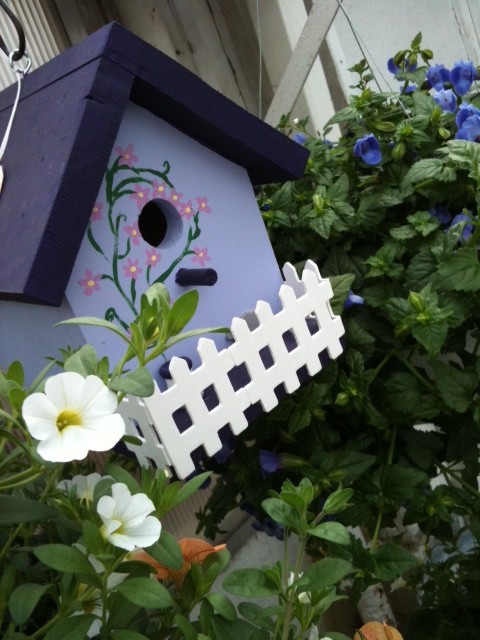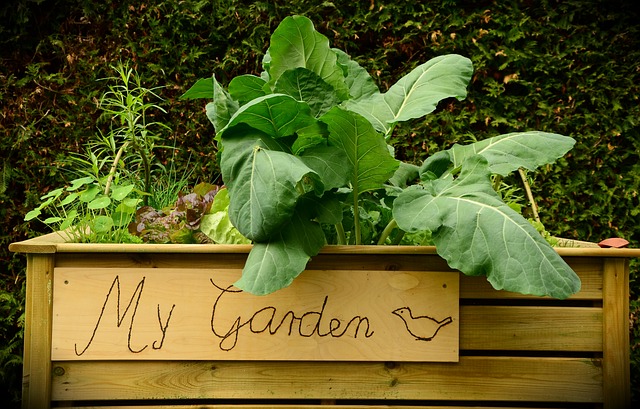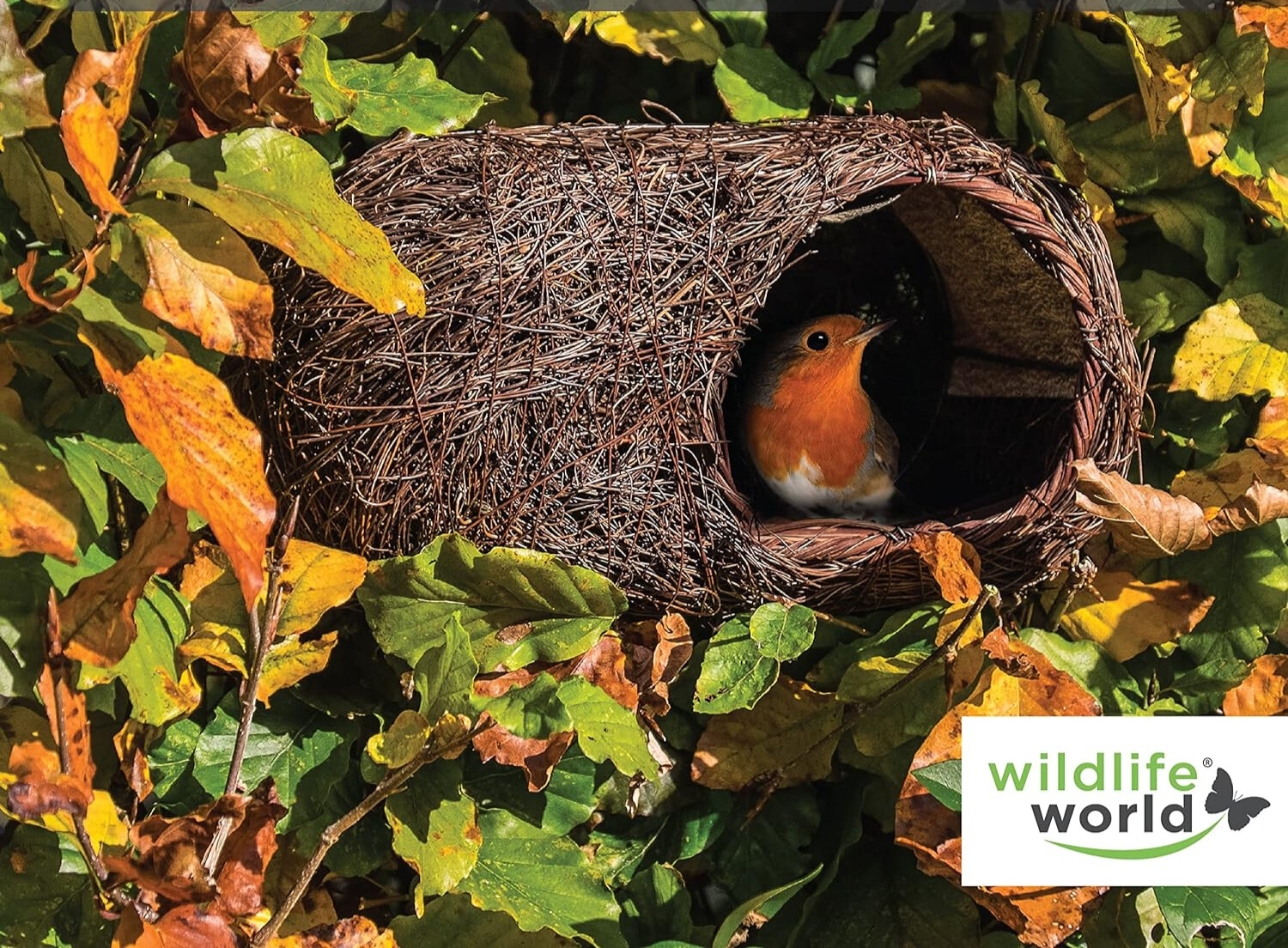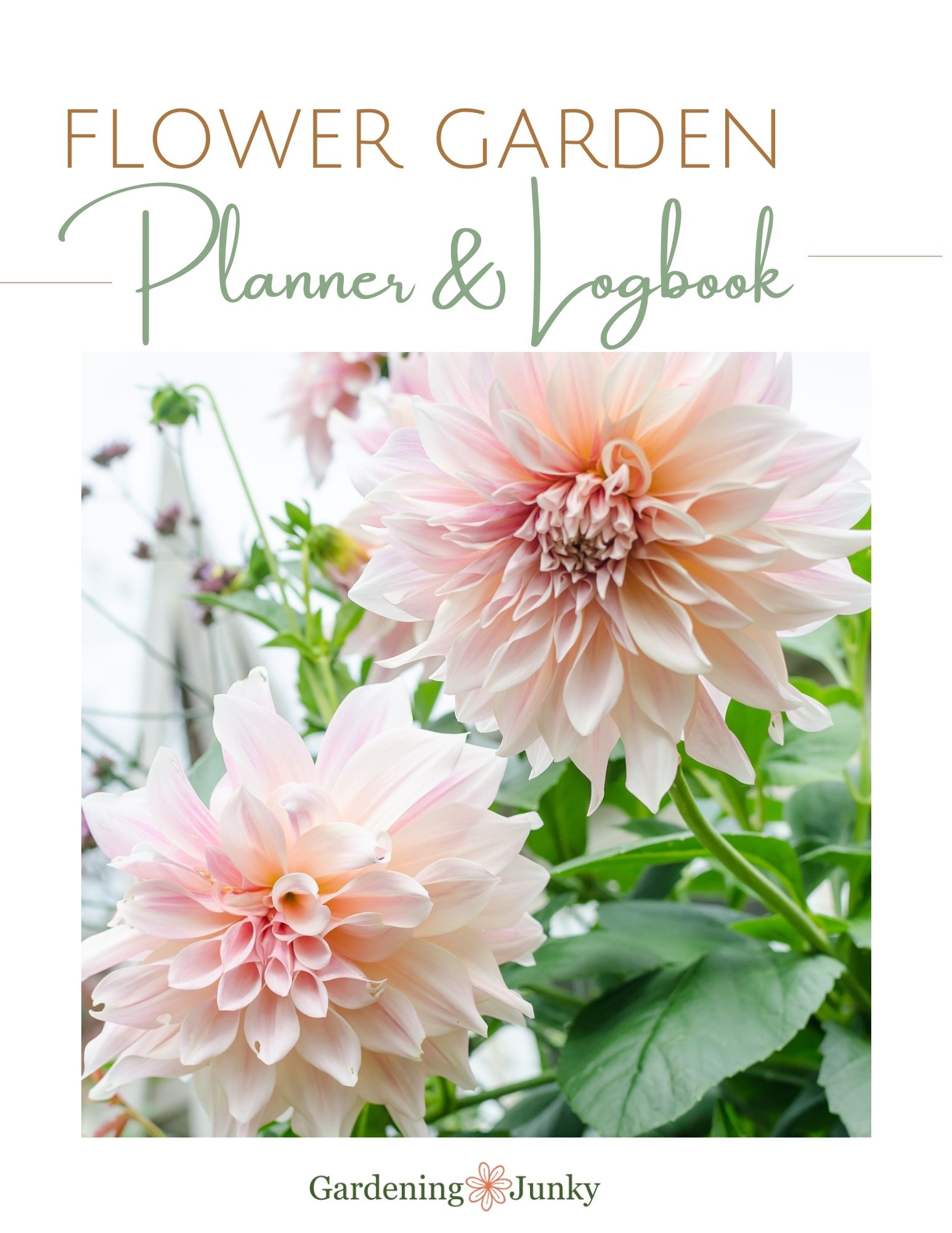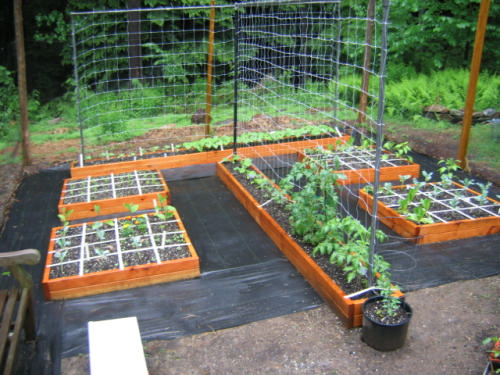Coneflowers: Nature’s Butterfly and Bird Magnets
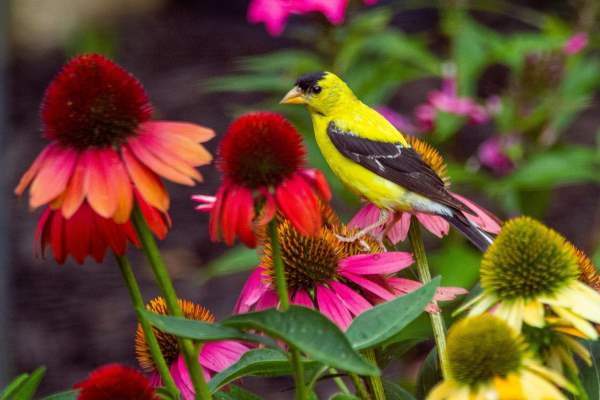
I love Coneflowers, they’re not just pretty blooms—they’re butterfly and bird magnets! If you’re looking to add a burst of color to your garden while inviting in some winged visitors, then coneflowers should be at the top of your planting list.
What makes cone flowers so appealing to both butterflies and birds is their abundant nectar. These easy-to-grow flowers are a favorite among pollinators due to their daisy-like appearance and ‘cone-shaped’ centers. Plus, they’re not fussy plants.
Coneflowers don’t require much maintenance; they simply need well-drained soil, plenty of sunlight, and regular watering to thrive. Whether you’re in zones 3 to 8 or even beyond, you can successfully cultivate these beauties in your garden.
The classic native coneflowers are purple. There are now newer cultivars available in a variety of colors – white, yellow, orange, red, and even green hues. There’s a cone flower to suit every taste.
For the best nectar value for pollinators, sticking with native coneflowers is recommended. And if you’re aiming to attract the silvery checkerspot butterfly, consider planting the pale purple coneflower, as it serves as a host plant for this species.
Butterflies of all kinds flock to cone flowers for their sweet nectar. From monarchs to swallowtails, these blooms provide a perfect landing pad for our fluttering friends.
In addition, it’s not just butterflies that benefit from cone flowers; birds love them too! Blue jays, cardinals, and goldfinches are among the many that enjoy snacking on the seeds from spent coneflower blooms. Leaving the dead flowers standing throughout winter provides a vital food source for hungry birds. When spring rolls around simply cut back the plants and fresh growth will emerge.
Conclusion
If you’re looking to fill some spots in your perennial garden, coneflowers will provide a magnet for butterflies and birds. Plant them in your favorite color and enjoy the delightful display that these flowers are sure to bring to your garden.
Reference: Birds and Blooms
This page may contain affiliate links, which means that I may receive a commission if you make a purchase using these links. As an Amazon Associate I earn from qualifying purchases.
